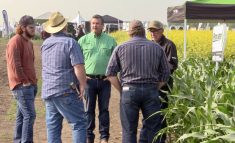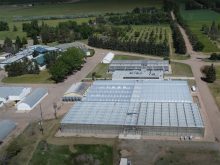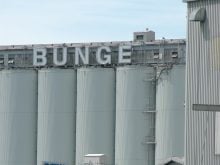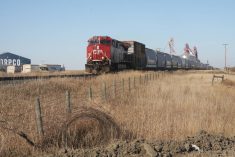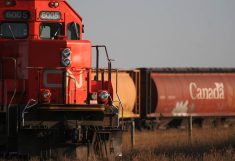The long-awaited expansion of irrigation projects near Saskatchewan’s Lake Diefenbaker is underway.
“There is work going on,” said Saskatchewan Irrigation Projects Association Inc. chair Roger Pederson.
Three irrigation districts that received millions of dollars in government assistance in 2009 and 2010 are building the infrastructure to support more acres in the region.
Pederson estimates 5,000 acres will be added in the South Saskatchewan River Irrigation District (SSRID), the Riverhurst Irrigation District and the Luck Lake Irrigation District over the next two years, which would amount to a nine percent hike in land under pivots in those three districts.
Read Also
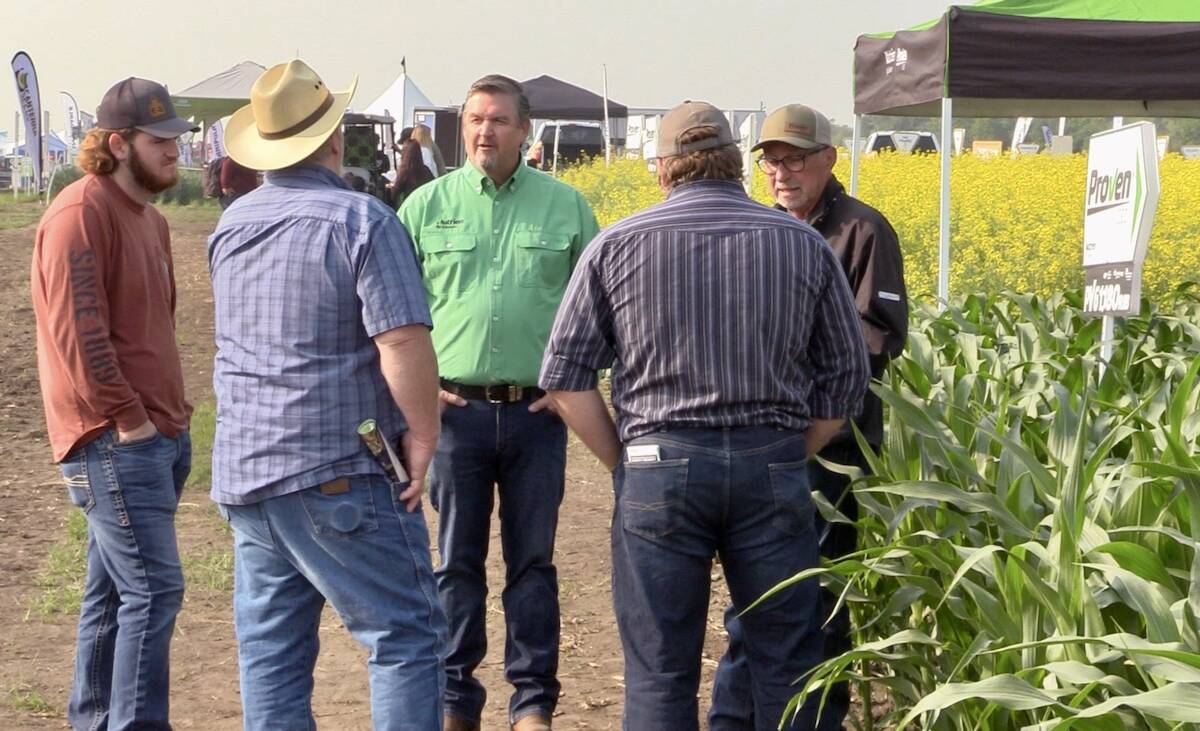
Interest in biological crop inputs continues to grow
It was only a few years ago that interest in alternative methods such as biologicals to boost a crop’s nutrient…
The districts received $6.2 million in federal and provincial government funding over the past two years to expand Saskatchewan’s irrigation industry.
The money is being used to bury pipelines and buy pumps.
SSRID’s Tweeten Project, which will add 8.8 kilometres of pipeline to the district, should be about half complete by the end of the year. The pipeline will supply 17 pivots and provide irrigation to 2,150 acres of land.
“That’s the part that we’re excited about,” said district manager Duane Harding.
Six or seven farmers will use the new pivots to grow potatoes, beans, canola and alfalfa in an area about 20 kilometres northeast of Outlook, Sask.
The pipes will be 250 to 900 millimetres in diameter.
“It’s some big, big pipe going in the ground,” Harding said. “It surprised a lot of people.”
They will be the district’s first pressurized pipelines. The existing 34,000 irrigated acres are fed by gravity pipelines.
The federal and provincial governments contributed $1.9 million toward the SSRID’s $2.9 million expansion project with the rest coming from local farmers.
Pederson said the expansion projects allow existing irrigation farmers to expand their operations and create an opportunity for dozens of new farmers to join the three districts.
He hopes the additional acres will help the districts maintain or slightly reduce their charges, which are $20 to $22 per acre in SSRID.
Farmers in the Luck Lake and Riverhurst districts have been paying their own pumping costs of $40 to $50 per acre. Those districts provide pressurized water right to the pivots.
Harding said the district hasn’t decided what to charge farmers who use the new SSRID pipelines.
The districts have a limited amount of time to spend the government money.
“It’s a short time frame,” Pederson said.
“They’ve got to use it up in the next year. They’re really working hard to get all their construction done.”



